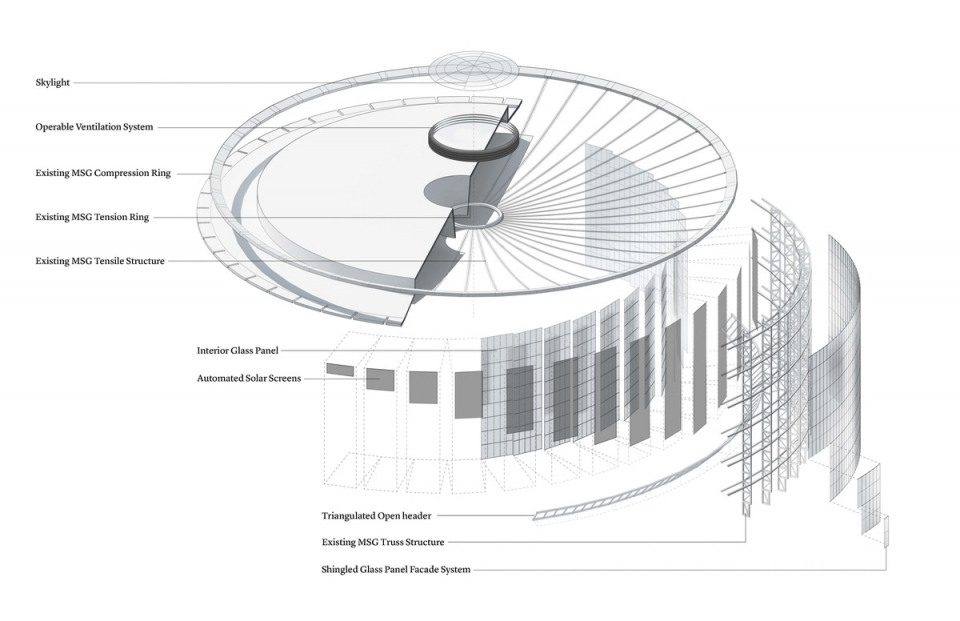In the nearly two years since you started PAU, the most prominent project you’ve put forward so far is the proposed Penn Station transformation at the request of The New York Times, which basically eliminates the current warren of low-ceilinged corridors by moving Madison Square Garden and transforming that space into a glassed-in, 150 foot ceilinged entryway to the transportation infrastructure below. Is that proposal any closer to becoming a reality? What has the reaction been?
The reaction has been very positive, generally speaking. The Times likes it a lot. The regional planning association and other fairly prominent civic groups are very interested in it. I get asked to do quite a lot of presentations on it—I did two presentations last week. The main decision makers are obviously the governor and Madison Square Garden, and you know I’m cautiously optimistic. Certainly no one has adopted the plan, but I think the plan has really helped to put a spotlight on a situation that is increasingly getting worse. Because there was the stampede a couple of months ago, there have been a number of really bad incidents at Penn, and this summer there’s a track that will be shut down, it’s going to be very congested there. So there’s a lot of tough news for commuters. There’s some good news too: The Westin concourse opened under the Farley Building, which is a different exit path for the trains to the West, which I think is an improvement. And I think the governor is clearly trying to make as many improvements as he can, and I think he’s worried that something as big as we’ve proposed would slow things down. Having worked in government, I’m very sympathetic to that viewpoint, that sometimes you don’t want the perfect to get in the way of the good. I also think that what we’ve proposed is phaseable. You can do what they’re doing right now, and then do what we’re proposing as a next step. I don’t think anyone has formally adopted the plan, but no one I’ve shown the plan to objects to it on its merits. I think the only questions about it are the standard questions of timing and approval and funding. For me, stepping back, for our office, it was a fascinating thing to have happen. ...
Since we can’t get into specifics, I’ll state a broader observation of your body of work, which is that it seems like you’re always keen to reinvigorate the urban fabric. There are trends in development in dense urban areas like New York, which involve all of these hermetic, crystalline towers shooting up into the sky—
[Laughs] Yeah, we’re not doing any of those. We’ve turned a couple of those down. A good friend told me that a lot of who we are in the world will be defined in the world not only by the jobs we take on, but the jobs we turn down. I believe in density. We’re doing a housing project in Newark I can tell you a little bit about. It’s a fairly large project; we did the master plan for the seven-acre site, and now there are three different architects, and now we’re working on the actual design of the buildings. The one we’re working on is fairly large; it’s not a big glassy tower.
